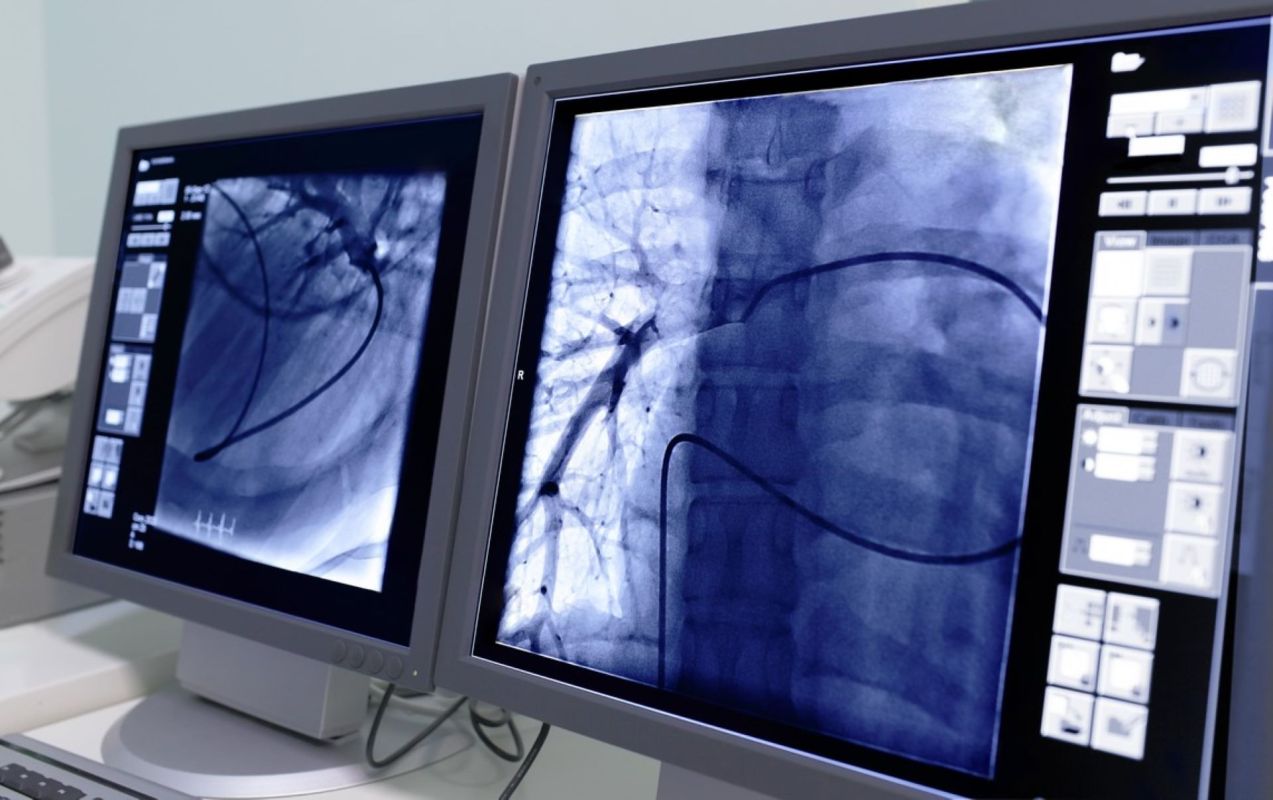Human hearts contain tiny fragments of plastic, a July research paper revealed.
The paper, which reported on plastic in the organ that pumps blood through our bodies, appeared in Environmental Science & Technology, a journal of the American Chemical Society.
What's happening?
In this limited pilot study, researchers used infrared imaging and scanning electron microscopes to study heart-tissue samples and blood from 15 patients undergoing cardiac surgeries.
The researchers found nine types of microplastic and tens to thousands of plastic pieces in tissues from most parts of the heart, according to a news release. However, amounts and materials varied among participants.
Plastic particles qualify as microplastics if they are less than 0.2 inches long — about the length of a grain of rice.
Scientists have previously found microplastics in our air, food, water, lungs, blood, and other body tissues. Yet there has been limited evidence of plastic in the heart or other organs that are closed off from our external environment.
In addition to finding microplastics in the heart, the new study indicated that, to a degree, surgery itself exposes patients to these particles. The researchers called for more work in this area and into the effects of microplastics on human health.
Why are microplastics in the heart concerning?
So far, studies have not found evidence that microplastics in the body cause harm, as WebMD reported. However, this is an evolving area of research, and many experts have concerns, in part because some plastics contain known toxic chemicals.
"The study of whether and how microplastics … pose threats to human health is still in its infancy," Harvard Medicine reported this spring.
"There are so many unknowns," Bernardo Lemos, an adjunct professor of public health at Harvard, told the outlet, "but we are seeing more data that suggest microplastics affect human biology."
A 2022 World Health Organization report called for more research — but also for the reduction of plastics in the environment.
"Although the limited data provide little evidence that [microplastics and nanoplastics] have adverse effects in humans, there is increasing public awareness and an overwhelming consensus among all stakeholders that plastics do not belong in the environment, and measures should be taken to mitigate exposure," said the report.
Aside from human health concerns, microplastics have other impacts, including the levels of heat-trapping chemicals that are overheating the planet, Grist reported.
What's being done about microplastics?
Scientists are working on innovative methods that may help clean up and break down microplastics. Meanwhile, to reduce our personal exposure, we can take precautionary steps like avoiding heating or consuming foods in plastic when possible. Reducing plastic use and waste leads to simultaneous wins by reducing planet-heating pollution, too.
Join our free newsletter for weekly updates on the coolest innovations improving our lives and saving our planet.









